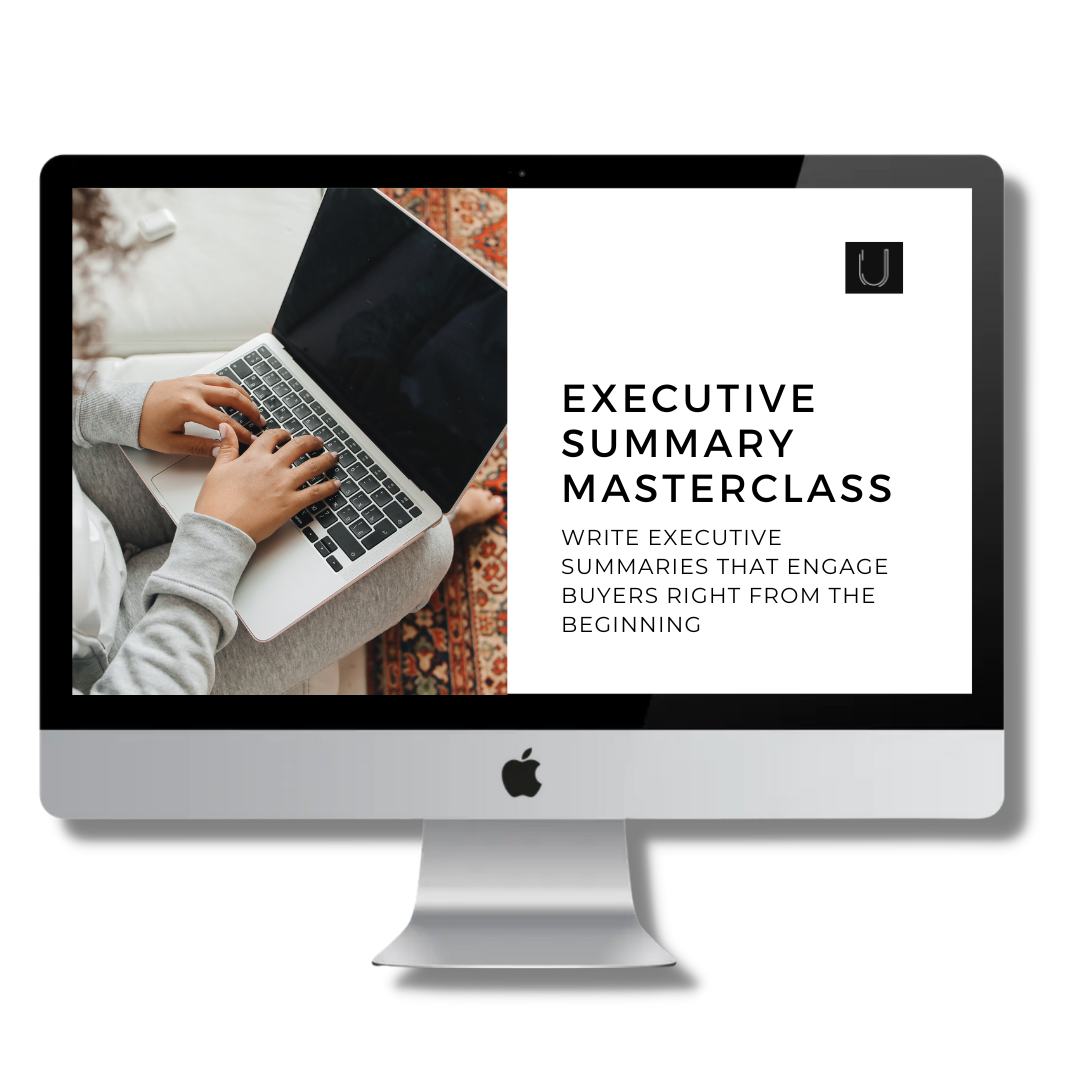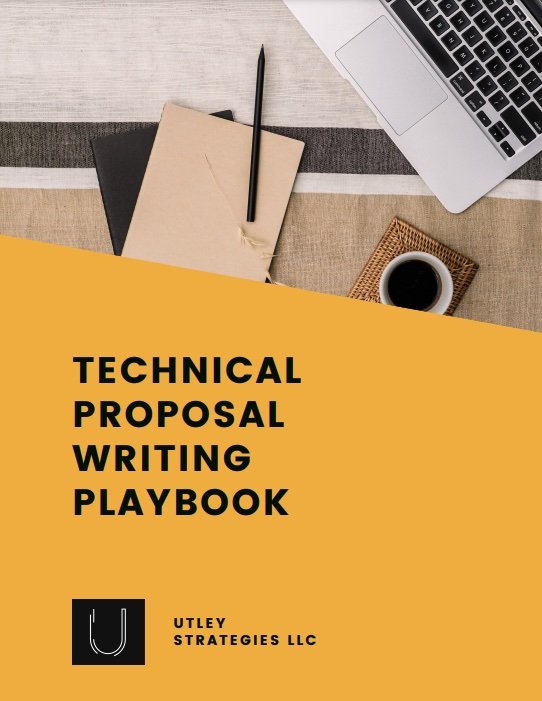The One Thing Every Proposal Needs
Most proposals follow a similar structure. They might start with a cover letter or an executive summary before moving into the project scope, solution overview, and so on. Sellers concisely lay out product descriptions, team overviews, and pricing to show buyers exactly what they will receive and when.
Despite all of the perfect summaries and clear explanations, many proposals miss out on one critical component.
That missing piece?
Value.
Value doesn’t mean pricing or cost or even anything with a clear monetary value (though that helps).
Value in proposals means showing all of the “extras” a customer might get from working with you. It might be monetary, such as free shipping, or it might be difficult to quantify, such as a long-term partnership.
Value is the aspect that will make your proposal stand out from the competition and encourage buyers to work with you.
How to Show Value in Proposals
The first step in showcasing your value is to understand what the buyer values. The value you highlight in your proposal should align with what they find valuable, otherwise it won’t have as much of an impact.
To determine your value, answer these questions:
Is there an aspect of our offer that our competitors don’t provide?
This is especially important for competitive opportunities, such as RFPs. If you’re offering something valuable that your competitors do not, then this is key to emphasize in your proposal.
Examples: Quarterly review meeting, product-agnostic sales (i.e. finding the best solution instead of selling only one brand), 24/7 customer support, user training
Are there any “above and beyond” services that we’re including?
You can think of this question in terms of your competition (similar to the last question) or what the customer expects. For example, the customer might purchase a product from you and expect it to be a one-time transaction, but your company provides training and an annual review to ensure they succeed. This is above and beyond what the customer expects and can make a real difference in closing the deal.
Examples: Training, customer support, account management support, custom purchasing portal
Will our solution help prevent any of the customer’s fears or concerns?
If you are able to uncover the customer’s fears, then tapping into that in your proposal can show that you understand the risk they are taking with the investment – and that you’ll be there to make sure their worst fears don’t happen. Before you start writing your proposal, talk with the customer to understand their challenges and concerns about making a change.
Examples: This is specific to your customer, but common fears include: lost time, lost money, customer dissatisfaction, employee turnover, investing in a solution that doesn’t work, moving to something that is worse than the current state.
What will it cost the customer to continue with their current solution instead of implementing ours?
The customer is considering your solution for a reason. They likely have some sort of dissatisfaction with their current state. They might be working with another company who is underperforming. Or they may be using an in-house, homegrown solution that is complex and not achieving the results they need. Whatever the current situation, there is a cost associated with that continued state of discontent. Sometimes it’s quantifiable (i.e. your competitor is charging 3x your solution) and sometimes it’s more qualitative (i.e. continued headaches, overwhelm, and inefficiencies). In your proposal, you can show the value of switching to your solution by helping them avoid the negative cost of continuing down the current path.
Examples: Higher price to competitor, continued inefficiencies (time cost), employee dissatisfaction, lost project revenue due to challenges, etc.
Why have our customers in the past chosen us over other options?
For this question, you will connect with existing or past customers to better understand why they selected to work with you. Through your conversations (or a survey), you will likely see common themes pop up. These themes might apply across the majority of your customer base, and you can incorporate them into your boilerplate content as a value for working with you. Then you can add an extra value on top of that for a specific proposal.
Examples: Team expertise, case studies, customer support, training, location
Where to Incorporate Your Value
Once you determine your value, the next step is to incorporate it into your proposal. There are many places to add value, but the best approach is to add it wherever it feels appropriate (which may mean in several different sections). For example, if part of your value is your customer support team, you could mention it in the executive summary, the team overview, the implementation section, and even in your pricing. As a rule of thumb, it’s best to incorporate value in the section where you would begin talking about it if it were a sales meeting.
Sections where you should ALWAYS incorporate some type of value are the cover letter, executive summary, company overview/qualifications, and the “Why Us” section (if you have one).
MASTER EXECUTIVE SUMMARIES
Executive Summary Masterclass
This one-hour training will teach you everything you need to craft Executive Summaries that buyers love.
Grab your spot to start writing better Executive Summaries today!
Next Steps
Adding value to your proposals gives customers a clear understanding of why they should choose to work with you instead of someone else. By including this information in your proposal, you give buyers your strongest selling points on paper so they can review them long after your conversation.




